Barcode History: Who Created the Barcode & Why Is It so Significant?
November 12, 2014
Barcode History: Who Created It?
So, when were barcodes first used? Food barcodes and product barcodes first made an impact in 1970s. Before the first barcode scanner installation in 1974, though, creating and refining the UPC barcoding system took decades. In fact, its first commercial use was actually in the 1960s. But, it could not be used in a widespread fashion at that time because an industry standard had not yet been developed. Now, metal bar codes, as well as product and food barcodes, are the standard. It took the progress of many people, though, to reach the industry standard used today.
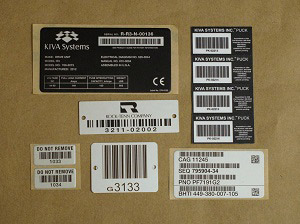
What Product Had the First Barcode?
The idea of universal food and product barcode system originated in 1932 with Wallace Flint. Flint suggested an automated retail checkout system but, this idea was originally rejected. He continued to work on his concept and was later influential in the development of the UPC barcoding system.
With Flint’s inspiration, several different kinds of codes, such as bull’s eye codes and numeral codes, were experimented with between the years of 1930-1970. While it is unknown which product had the very first barcode, we do know which product first used at the register of a supermarket in a small Ohio town.
It was two students from the Drexel Institute of Technology who accelerated the progress to where it is today. Bernard Silver and Norman Woodland were commissioned by the college to develop a solution to an automated checkout.
Their first suggestion was an ink that was sensitive to ultraviolet light. But, it was rejected as overly complicated and expensive. In 1952 they were granted a patent for their product, making barcode history. Their barcode concept fell under the category of Classifying Apparatus and Method.
What Product Had the First UPC Barcode Stamped On It?
Between the 60s and the 70s the code created by Silver and Woodland was refined and spread. Eventually, IBM came up with the UPC symbol code, which was selected as the industry standard. But, it was actually a pack of Wrigley’s chewing gum that was the first product with a UPC barcode to be scanned at a Ohio supermarket in 1974. After this, Monarch Marking produced the first barcode equipment for retail use. The first barcode equipment for industrial use, including metal bar codes, was produced by Plessy Telecommunications.
Learn more about our stainless steel & metal barcode options! Or get a free quote for your barcode order.
Braille Nameplates: The History of Braille Printing & Engraving
October 21, 2014
What is Braille?
Braille is a system of raised dots that scholars created to help those with poor eyesight read and write through tactile signs. The braille alphabet was created throughout years of trial and error, though. It faced several adversities along the way. Now, custom braille signs are a regular staple in society, ensuring the comfort of the blind and visually impaired.
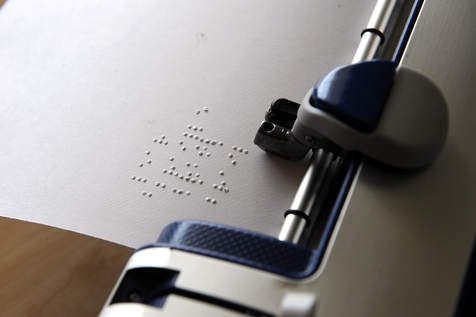
Interestingly, braille is read from left to right but is written from right to left. Although it is similar to whatever language it’s translated into, braille differs from traditional language in many ways. Unfortunately, this component was often responsible for some the adversity the system faced.
The Beginnings of Braille
One of the first innovators of reading and writing for the blind, Valentin Haüy met his first blind pupil on the street. Haüy gave François Lesueur, a blind beggar, a coin as he passed by—Lesueur stopped him in his tracks when he knew the amount of the coin simply by touching it. Haüy and Lesueur worked with wooden letters, a rudimentary but revolutionary method of teaching the blind.
Six months later Lesueur had learned so quickly that France’s most educated scholars were amazed.
Years later, a three year old Louis Braille suffered an injury at his father’s workshop, causing him to lose his eyesight. Louis’ father sent him to the Royal Institution for Blind Children. This severe, destitute school taught the children with Haüy’s wooden letter system. French army members brought the method of night writing to the school years later. This later inspired Louis to create the system of braille.
The French army used night writing to communicate secret messages and for reading in total darkness. Louis noticed that the night writing had a few flaws, though. Its overly large letters, lack of punctuation, and bulky dashes made it difficult to read. Louis tinkered with the system over the years, making it so effective that he was even able to compose music in Braille.
Braille was originally rejected by some. Its opponents believed blind people should not have the independence braille would afford them. Some leaders called for the burning of braille books and the confiscation of braille writing equipment. But, braille supporters protested and it was finally adopted as France’s official communication system for the blind.
Although the process was once controversial and tedious, signs for the blind are produced around the world. Learn more about the history of engraving, another method that has transformed over the years.
3 Nameplate Attachment Options for Your Next Project
September 17, 2014
Metal nameplates are a durable, attractive way to show ownership over your products and display your company’s name. Whether the metal nameplate you are trying to display is a barcode label, custom engraved nameplate, or an etched marking plate, there are different options for how you can choose to attach it. Different projects call for different methods, though, and each offers a variety of perks as well as difficulties.

We will focus on the three options of:
• Hanging
• Welding
• Adhesion
The least intensive of the options is to simply hang the metal plate—all this requires is a nail to secure the plate onto. The main benefit of this method is its ease. Requiring almost no effort, hanging a custom metal plate can be done in a snap. But, its main benefit is also its main drawback because it can be easily undone as well. The hanging method will make your metal decal placement far from permanent as it can be accidentally knocked off or purposefully taken down. If you are looking for an effortless method and an easy take down, though, hanging is definitely for you.
On the other end of the spectrum is welding, which offers permanence and reliability. Welding is a highly technical skill, though, requiring time, knowledge of the process, and attention to detail. If you plan to use welding on your equipment nameplates, make sure to plan ahead when you design a graphic.
The graphics on nameplates that are being welded need to be centered towards the middle with plenty of space around the edges. Otherwise, the name or image will end up permanently warped. Finally, welding is not always the appropriate option as it only works for certain cuts of metal.
Using adhesion is a suitable middle ground between these two options. It provides durability without permanence and ease without unreliability. Using industrial, double sided tape on your metal decals can make the attachment process quick with no required maintenance to the decal or the surface it is being attached to. Make sure to choose the correct adhesion material for different surfaces, because if you pair them incorrectly the nameplate will not adequately attach.
Although there are many of attachment methods for metal nameplates, the engraving methods have changed and grown over the years. Learn more about new and old engraving methods from the Yeuell blog.
Applying Graphics to Nameplates: Learn Which Way is Best for You
September 17, 2014
You want to make sure your nameplates last long and make your company look good. There are several factors that go onto this, such as where your nameplate will hang—will it need to shine in a spotless factory or endure the elements on a deep water drill? Some metals will work better with certain application processes, which is another component to consider when weighing your options.

Below you will find some informational pros and cons for the processes of engraving, debossing, embossing, and screen printing:
1. Engraving is the method of making small cuts into nameplates to create the desired design. This is one of the best options for durability and preciseness. In fact, engraving methods date all the way back to the fifteenth century. Fortunately, engraving is now done with a machine rather than by hand. Modern methods include mechanical and laser engraving, which transfer a digital image onto the nameplate.
2. Debossing will create a depressed imprint on your metal tags. Requiring less machinery than engraving methods, debossing pushes the image into the nameplate. The process involves ‘male’ and ‘female’ die, which press the graphic or text and resulting in the indented metal image. Debossing is a good solution for adding intricacies but can be delicate against rough conditions.
3. Embossing has a similar process but a completely different look than debossing. Rather than a depressed image, embossing produces a raised image on the nameplate. Akin to debossing, embossing should be used on more flexible metals and is not a great option for harsh environments.
4. Screen printing is a flexible option that offers a variety of colors and is cost-efficient. The graphic is simply printed onto the metal, so it is a less intensive procedure. While this makes it a more economical option, it also makes it a less durable application. Screen printing is most appropriate if the nameplate will be under mild conditions.
Graphic application processes are advancing and changing, but these reliable methods are tried and true. Collaborate with your nameplate supplier and decide which is appropriate for your company and specific product. There are more than these four options, so researching all the available methods will help you to decide. In the meantime, learn about Yeuell’s mechanical and laser engraving capabilities.
Engraving Methods: Old and New Engraved Tags
August 25, 2014
Developed in the fifteenth century, engraving was considered a goldsmith’s art. The first form of engraving was line engraving, which was practiced throughout Italy. This process consisted of carvings made into a hard substance and then printed onto paper. The engraved tags were etched with bold designs and intricate details that were filled with ink.
Given the printing process involved, the images would appear reversed so the plates had to be etched backwards. Artists who created pieces with this line engraving method generally used copper plates due to its softness, which kept the engraved edges from appearing too harsh.
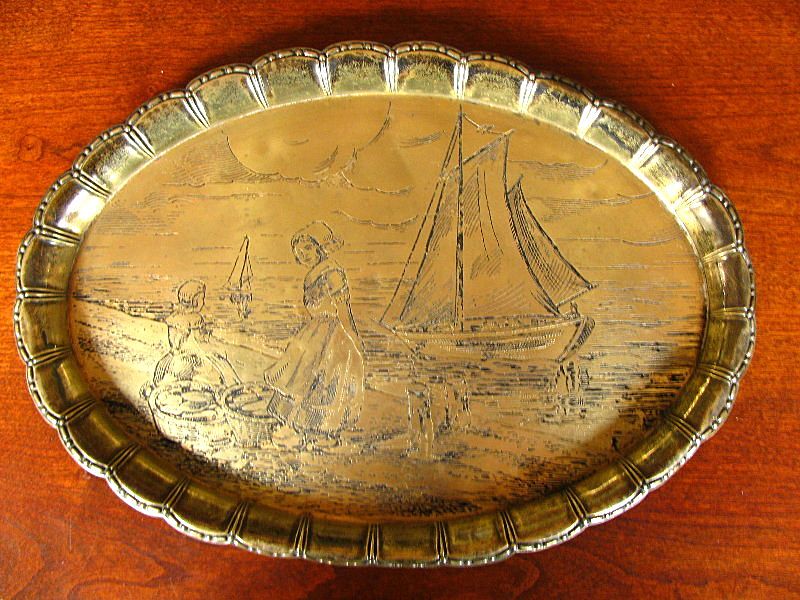
An engraved antique brass tray.
Steel line engraving, though, was also practiced beginning in the 1820s. Although copper was heralded for its softer feel, steel was discovered to be a more durable option thanks to its firmness. Allowing finer detail and resistance to wear, steel engraving also required new, stronger tools for engraved tags.
Engraved stainless steel tags allowed for numerous prints without any signs of deterioration, reducing costs and giving new life to the printing industry. Both steel and copper engravings as art forms died down after the 1840s despite the incredible detail and skill they demonstrated.
Modern Practices For Engraved Tags and Nameplates
Engraving methods have grown greatly since this time, with mechanical engraving and laser engraving processes as popular alternatives. Rather than producing fine art, though, these high-speed options are used to create engraved aluminum tags, engraved stainless steel tags, and other engraved tags and nameplates.
Here at Yeuell Nameplate & Label we have to ability to take electronic design files, such as logos or images, and mechanically engrave them directly onto the desired nameplate. We engrave materials such as brass and aluminum with a high-speed cutting tool for engraved rotary tags.
On the other hand, laser engraving can chisel details to the minuscule .005”. At Yeuell we use a CNC driver with a laser beam to achieve these narrow lines. Representing the latest in engraving technology, lasers are commonly used for engraved stainless steel tags and plastic tags thanks to its quick, detailed capabilities. It does not require any ink for its markings and it also does not require tools that come into contact with the metal, which can easily wear out in mechanical engraving.
Although engraving has come a long way, its roots are in meticulous, handmade craftsmanship. Take a look at these collections of antique nameplates that were crafted with care on the Yeuell blog.
Order Engraved Tags and Nameplates
Have you decided which material is right for your custom engraved tags? Request a quote today for your engraving needs. You can also request a free sample kit of brass engraved tags, rotary engraved tags, and more – to determine for yourself how Yeuell’s many printing processes and materials work together to create long-lasting, colorful and effective ID and marking signage for industrial and municipal needs.
Need engraved aluminum tags or engraved stainless steel tags? Return to our custom Nameplate & Label Materials page.





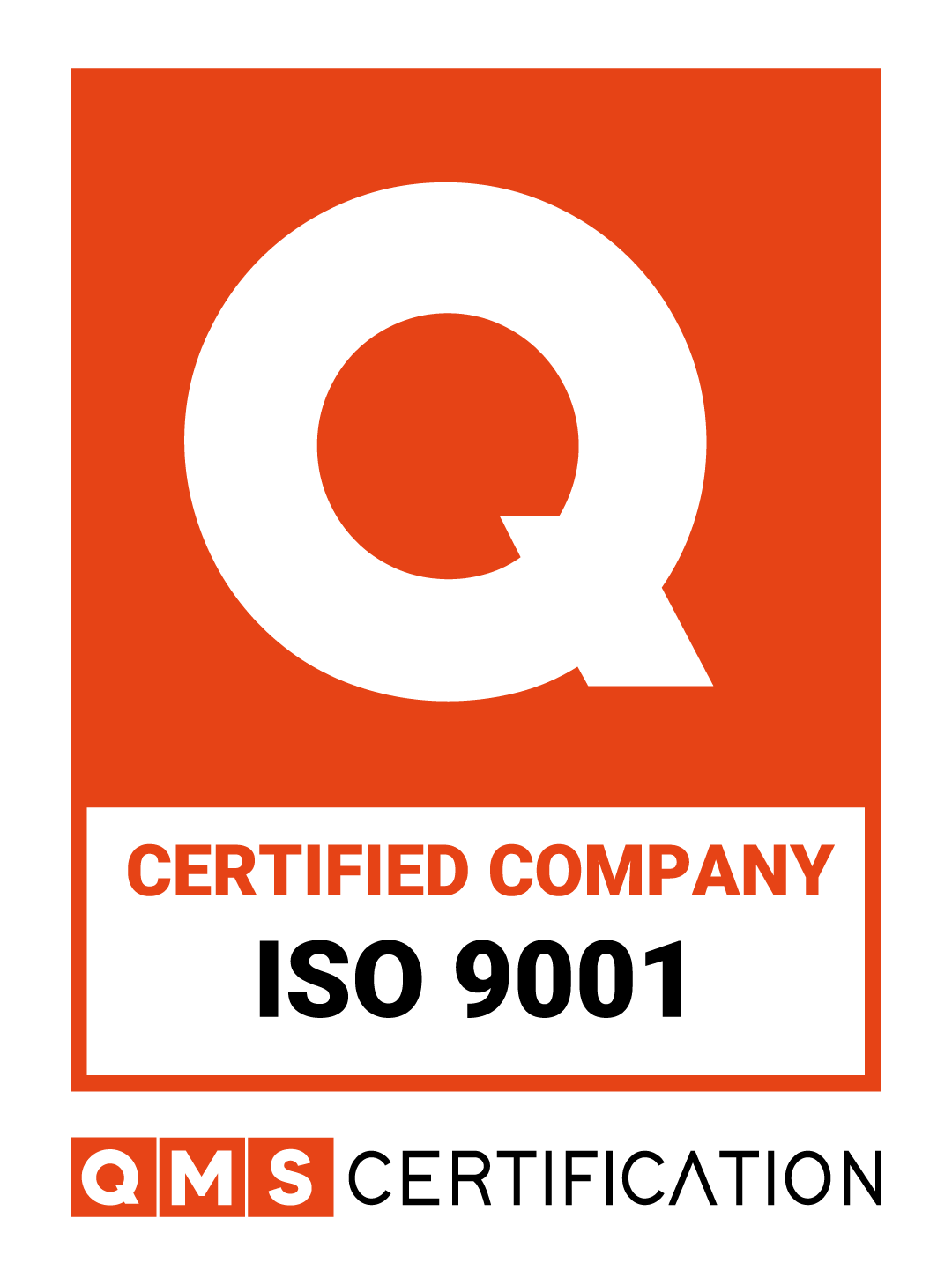
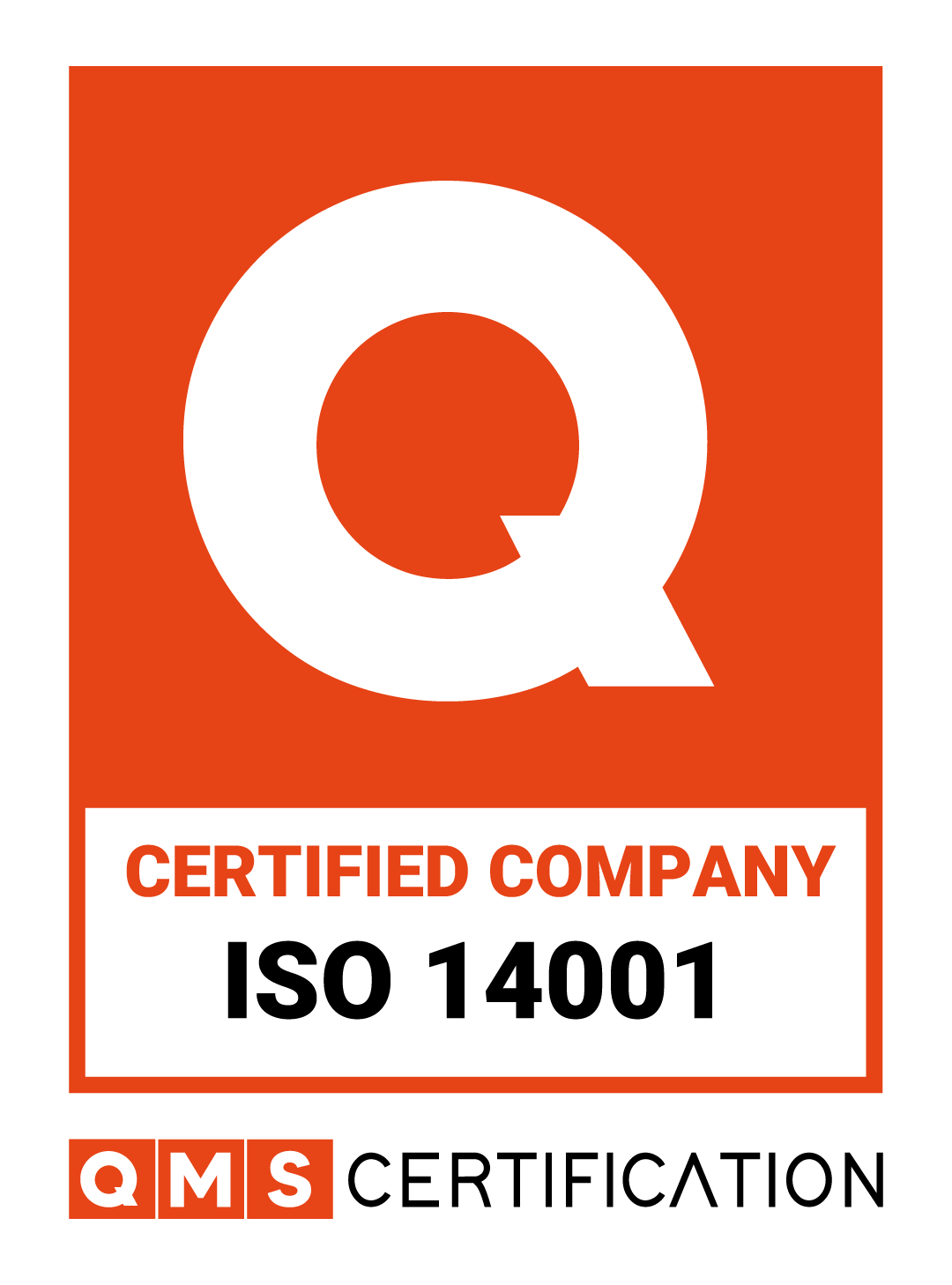

 © 2024 Yeuell Nameplate & Label, 17 Gill Street, Woburn, MA 01801 |
© 2024 Yeuell Nameplate & Label, 17 Gill Street, Woburn, MA 01801 | 




 Our recently completed Roof Top Solar array produces more electricity than we consume.
Your nameplates and labels are made by the sun – and our very talented and dedicated employees!
Our recently completed Roof Top Solar array produces more electricity than we consume.
Your nameplates and labels are made by the sun – and our very talented and dedicated employees!